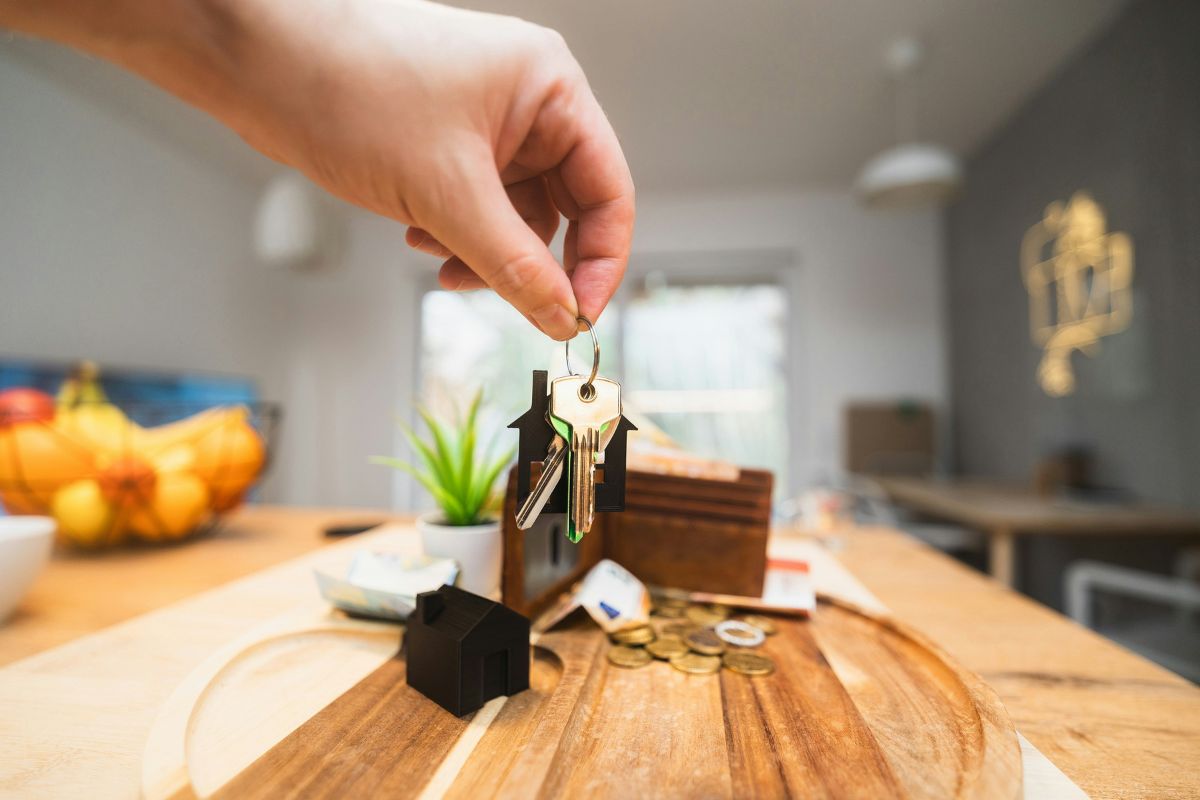Three Keys to Investing
Property investing can seem complex, but like many aspects of life, keeping it simple can be the best way to achieve success.
You might hear spruikers promising ‘impossible returns’ or ‘properties no one thought to invest in’, but you don’t need to go left field to create wealth through property.
Aussie real estate has its own great track record of capital gains and cashflow returns.
Just look at B Invested founder Nathan Birch. He has amassed a portfolio of more than 200 properties, through hard work, dedication, research and deal-making.
But a key to his success has also been sticking to his fundamental principles of investing. Here’s how to follow in his footsteps.
Begin with the ending
Before you start worrying about which property to buy, you need an end goal and then a strategy that will help you achieve it.
Ask yourself why you are investing in property. Is it to reach financial freedom and live life on your own terms? Is it to create a wealth vehicle for future generations of your family? How many properties do you need? Will you sell some to pay off the others?
It’s a team sport
The world’s great athletes have a team around them to help them be the best they can be. It’s no different when investing. You need to surround yourself with the right people.
Accountants, lawyers, financial advisers, mortgage brokers and buyer’s agents can all vastly improve your chances of success, as long as you choose the right ones for you.
The best time to invest
A lot of people spend time on the sidelines waiting for the right time to invest. But they may never take the plunge. It’s always the right time to get started as long as you have that strategy and team in place.
And when it’s time to start acquiring assets, here are Nathan’s 3 key criteria.
1. Buy below market value
A property may look great, have great tenants and be in a good suburb, but there’s no point paying more than what it’s worth.
If you can get it for below market value, you create room for growth and fast equity that can be pulled out and used for your next investment.
Whether buying at the bottom of a market cycle, or off market, or even a good home that’s in need of a superficial renovation, a below value deal is the best way to lay the foundation for a bigger portfolio. You have equity when the market is growing and a buffer if values fall.
It’s not easy to find these properties, but if you’re a b Invested client, you have access to the legwork that Nathan has already done, as well as his experience-based knowledge, reputation with real estate agents and even property deals that don’t make it to market.
2. Assets that pay their way
The next key is that the property is positively geared (neutrally geared at worst), so the rental income covers your mortgage repayments, management fees and other associated costs and leaves you with leftover cash.
This means you don’t have to find extra money to cover its weekly costs and can instead use the extra money elsewhere.
The property should also appeal to a strong tenant base, to avoid costly vacancy periods should your tenants move out.
Properties at the affordable end of the market are good for encouraging steady demand from tenants, because that’s the level a lot of renters are at. A family home worth $300,000 in a regional area or in the outer ring of a capital city is more likely to command $400 a week in rent than a $2 million house getting $2500 a week, because it attracts far greater demand.
3. Time is your friend
Finally, the property needs a good upside for growth. Properties located near major cities or big regional areas, but at the affordable end of those markets, can be sound choices.
A $300,000 property is likely to double in value a lot faster than a $1 million property, so if you are able to leverage equity and accumulate a portfolio of the cheaper properties, there is more upside for long term growth.
Time in the market is important, therefore timing the market is important. If you can purchase below value and before a market growth cycle, your property will be positioned for maximum upside. If your strategy is long term wealth accumulation, you can hold that property forever. Being positively geared, it will eventually pay itself off and will then be an unencumbered asset returning rental income and further value growth.



